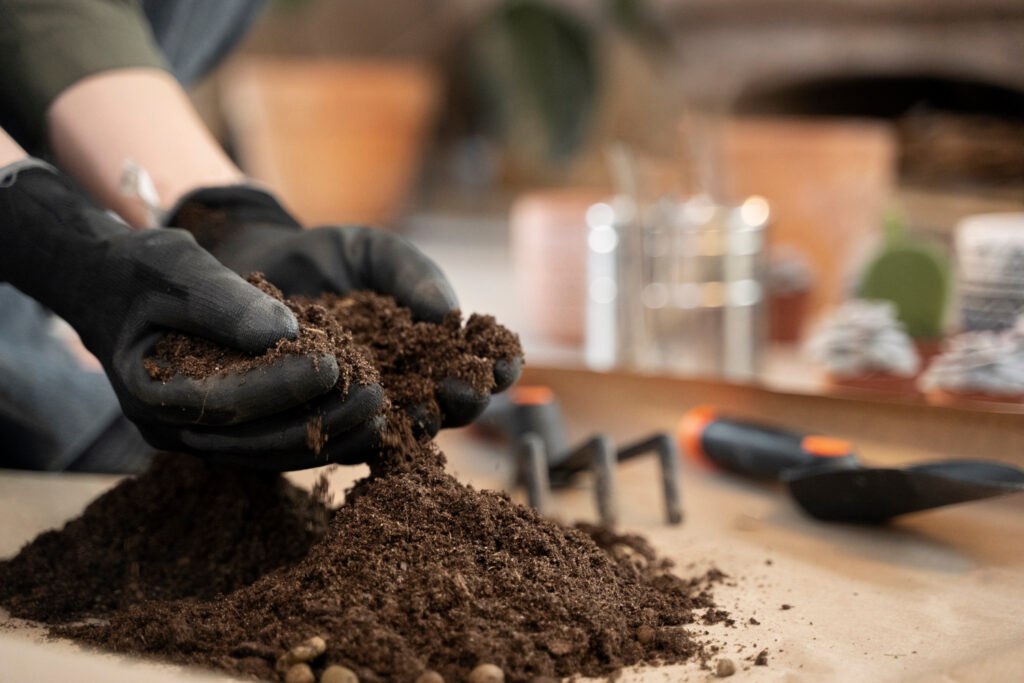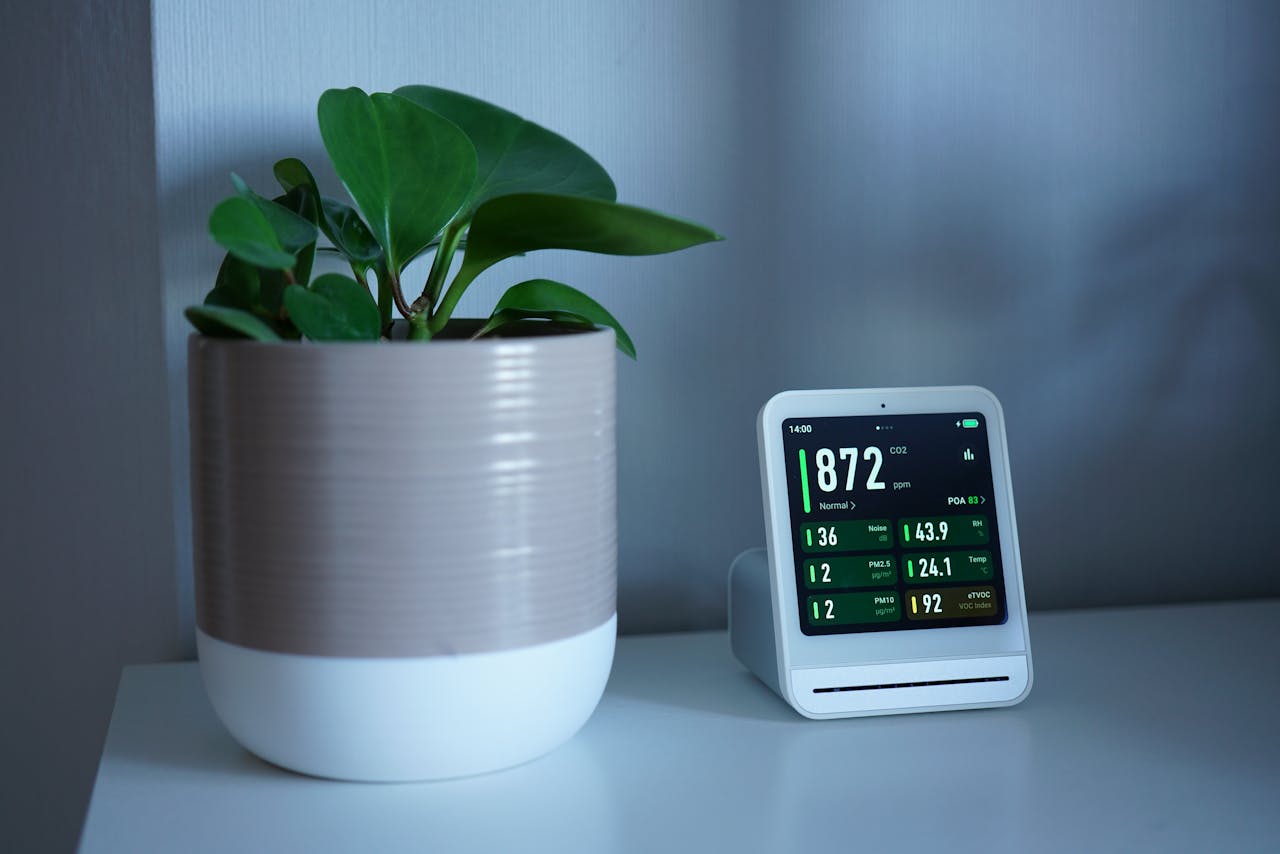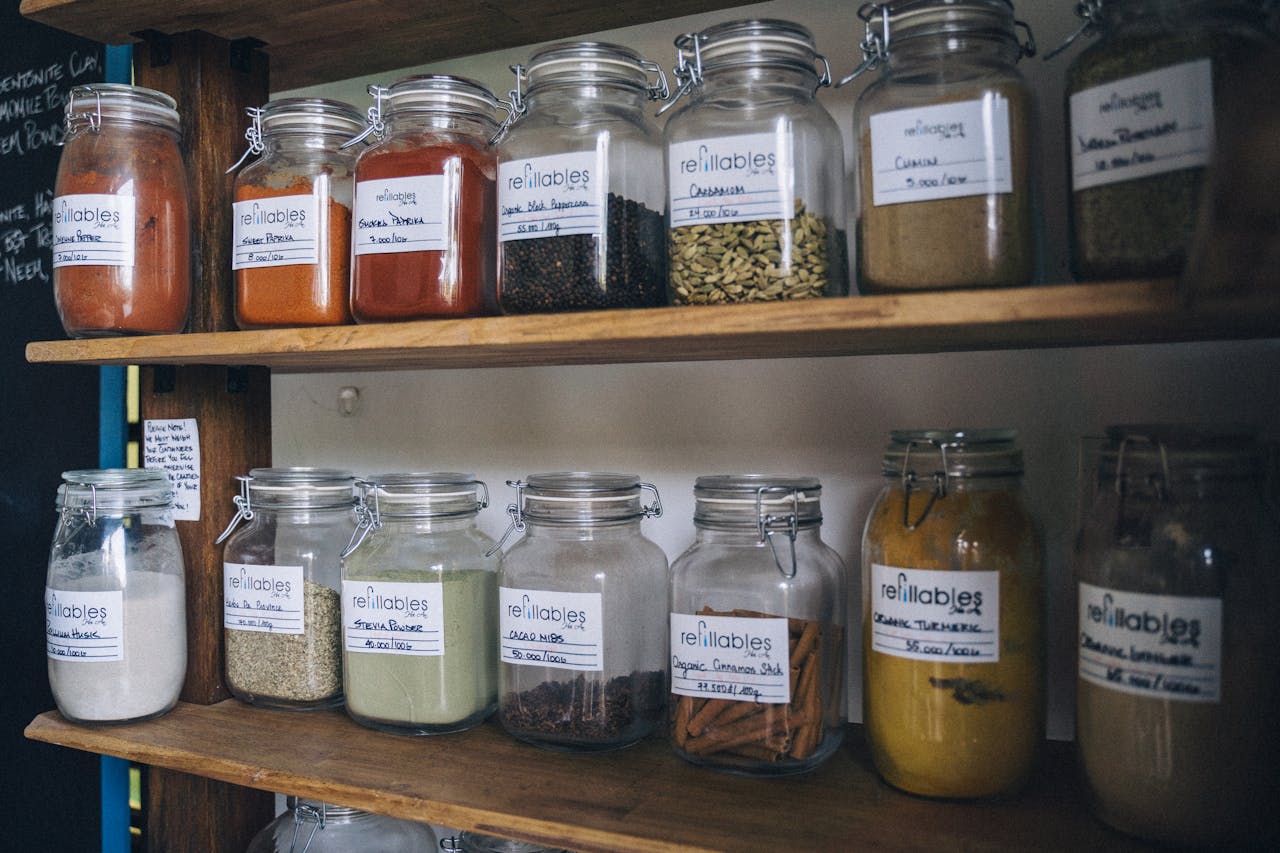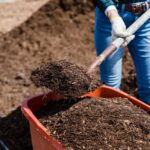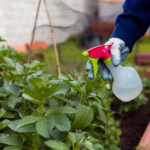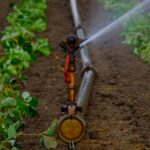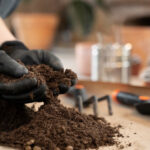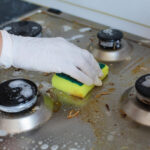Now Reading: Smart Rainwater Harvesting Tips for Every Home
-
01
Smart Rainwater Harvesting Tips for Every Home
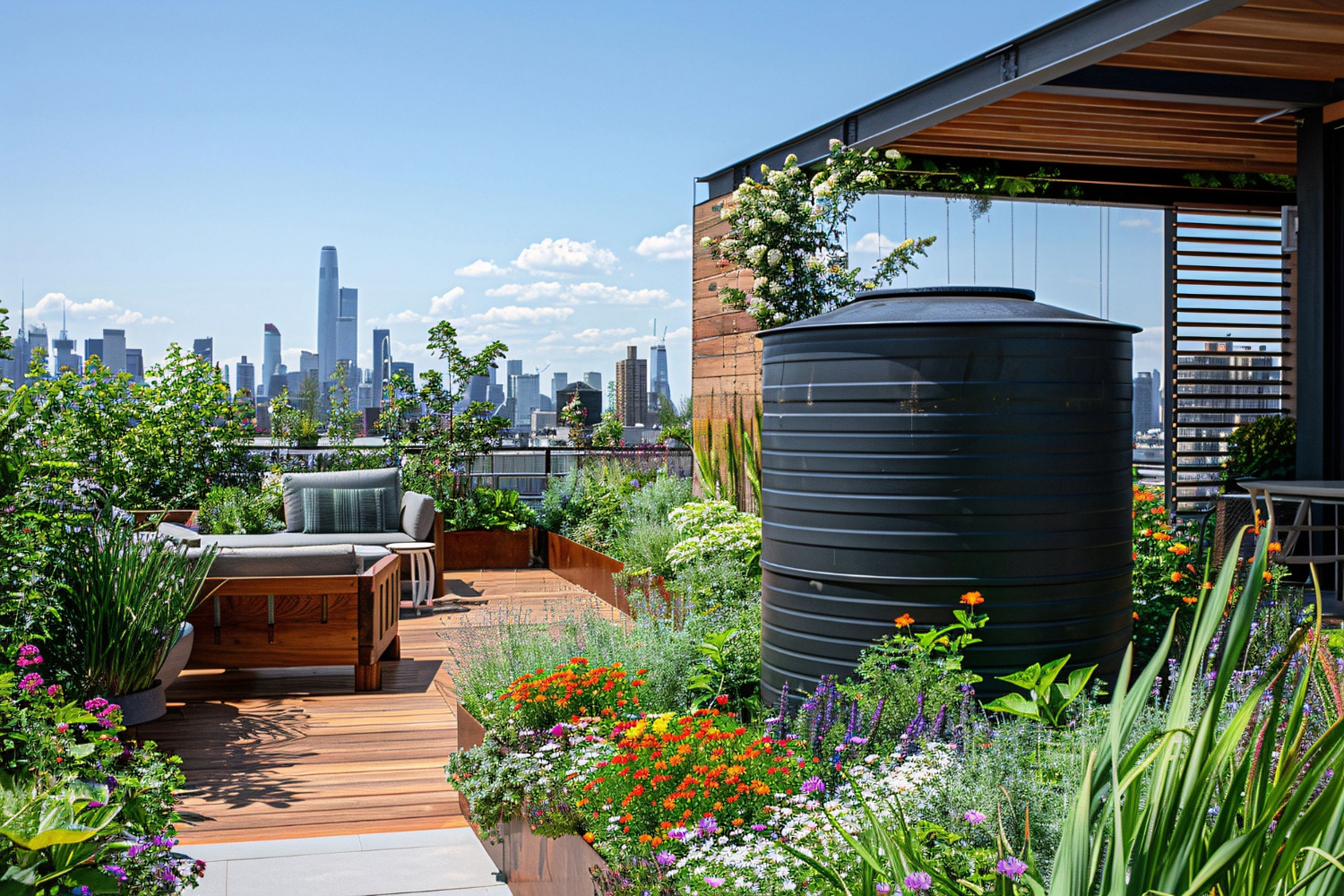
Smart Rainwater Harvesting Tips for Every Home
Introduction: Let’s Talk About Free Water (Yes, Really)
If you’ve ever danced in the rain, you’ve probably wasted prime water collection time. Every drop that hits your roof could’ve been a sip for your garden, a refill for your birdbath, or even a backup supply for those dry summer weeks when your tap water vanishes faster than ice cream on a hot day.
This is where rainwater harvesting tips come in handy — not as boring “green lifestyle” advice, but as practical, slightly magical, and occasionally hilarious ways to outsmart water bills, floods, and droughts.
You’re not just collecting rain; you’re mastering storm water harvesting, roof water collection, and rainwater management like a pro. And by the end of this guide, you’ll see why every raindrop deserves VIP treatment in your backyard.
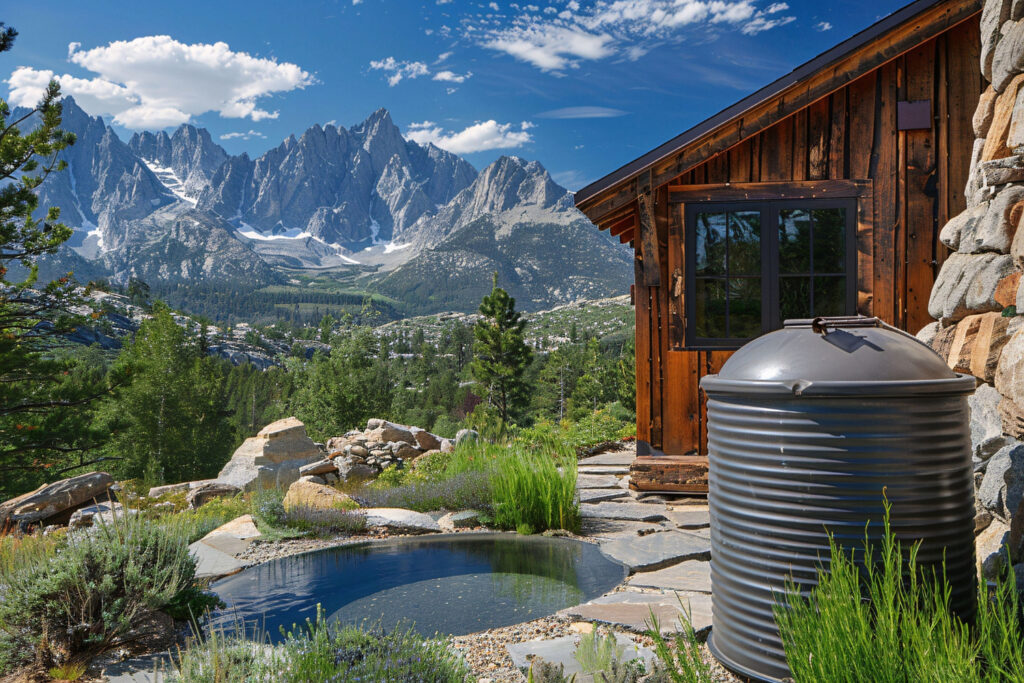
What Exactly Is Rainwater Harvesting (And Why Should You Care)?
Rainwater harvesting means collecting and storing rainfall from rooftops or paved surfaces for later use. Think of it as a savings account — but for water. The collection of rainwater happens through gutters, downspouts, and a rainwater collection system, which sends it to rainwater harvesting tanks or a rainwater cistern system.
Now, why care? Because your garden doesn’t care if the water came from a fancy tap or your roof. The planet, on the other hand, does. Every gallon of harvested rainwater supply reduces storm water runoff, prevents flooding, and helps groundwater recharge naturally.
Plus, using collected rainwater for irrigation systems or rain gardens means less dependence on municipal water — and smaller water bills. Talk about a win-win.
How to Harvest Rainwater without Losing Your Sanity

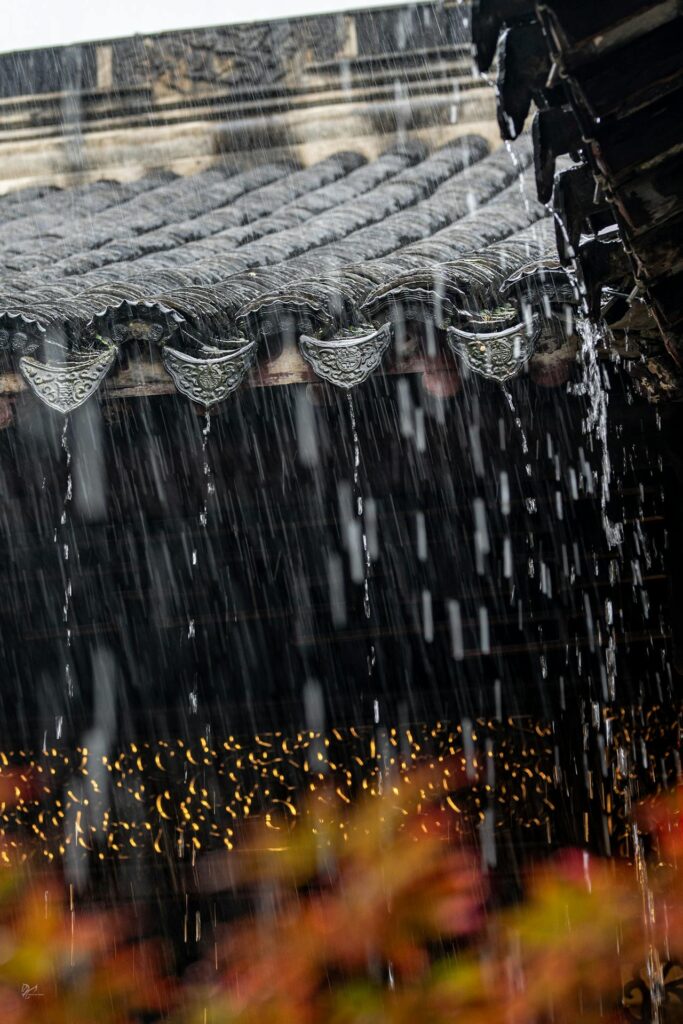
Let’s face it — the words “rainwater harvesting systems” can sound like something from a Sci-Fi manual. But setting one up is easier than teaching your cat to stay off the counter.
Here’s the simplified, slightly sarcastic version of the process:
Step 1 – Know Your Roof (It’s more useful than you think)
Your catchment area — aka your roof — is where it all begins. A roof catchment area calculation helps you estimate how much total rainfall you can collect. Use a rainwater collection calculator or a precipitation map for accuracy.
Check for roof material compatibility and make sure your roof runoff collection surface is clean and safe for non-potable water harvesting. Nobody wants bird poop in their rainwater storage tank.
Step 2 – Gutter and Downspout Maintenance Is Sexy (Sort Of)
Clogged gutters = contaminated rainwater = gross. Install debris screens, leaf guards, and a first-flush diverter to keep out dirt and sediment traps for finer filtration.
If you’re feeling fancy, add overflow pipes and a back flow prevention system. Bonus: clean gutters also prevent stream erosion and roof runoff overflow.
Step 3 – Choose the Right Rainwater Tank
A good rainwater storage solution is like a reliable friend — low maintenance and never leaks. Cistern storage tank selection depends on your annual rainfall and available space.
Pick tank liners and material choices that suit your climate. If you live in hot areas, opt for algae prevention and tank shading to avoid turning your rainwater reservoir solution into a green smoothie.
For smaller spaces, above-ground rain barrels or multiple rain-barrels can do wonders. In bigger properties, go for large-scale rainwater storage or permeable recharge pits for extra groundwater recharge area.
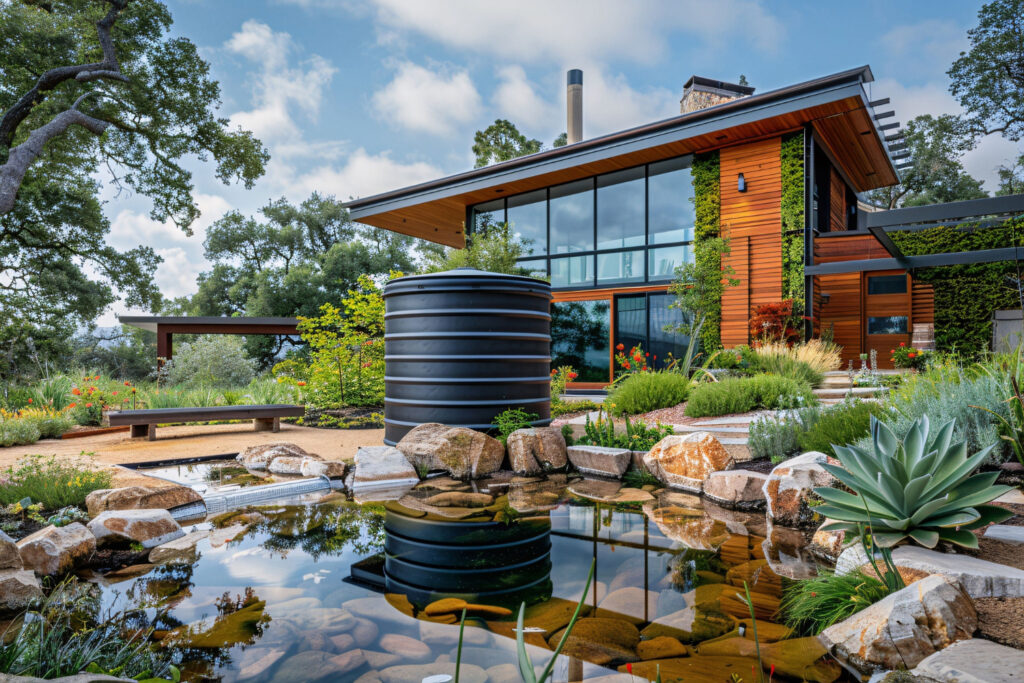
Making the Collected Rainwater Work for You
You’ve caught the rain. Now what? Time to put it to work.
Rainwater for Gardening and Irrigation Systems
Use drip irrigation from harvested rainwater to feed your crops, flowers, and gardening solutions. A gravity-fed irrigation system can supply water even without power.
Want smart watering? Pair your system with automatic irrigation systems and smart watering practices — like amending soil with compost, mulching, and aiming water right at plant roots.
During dry summers, your stored water will feel like liquid gold. And if you’ve ever fought with a sprinkler system that sprays your neighbor’s car instead of your roses, you’ll appreciate functional rainwater systems that deliver water exactly where needed.
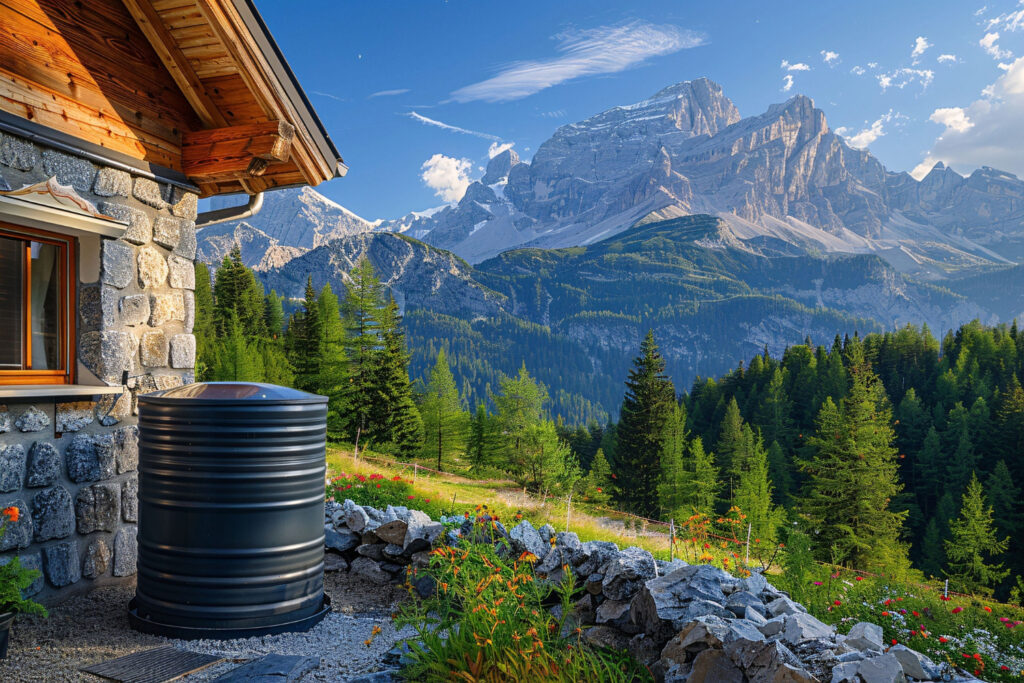
Water Quality – Because Your Plants Deserve Clean Drinks Too

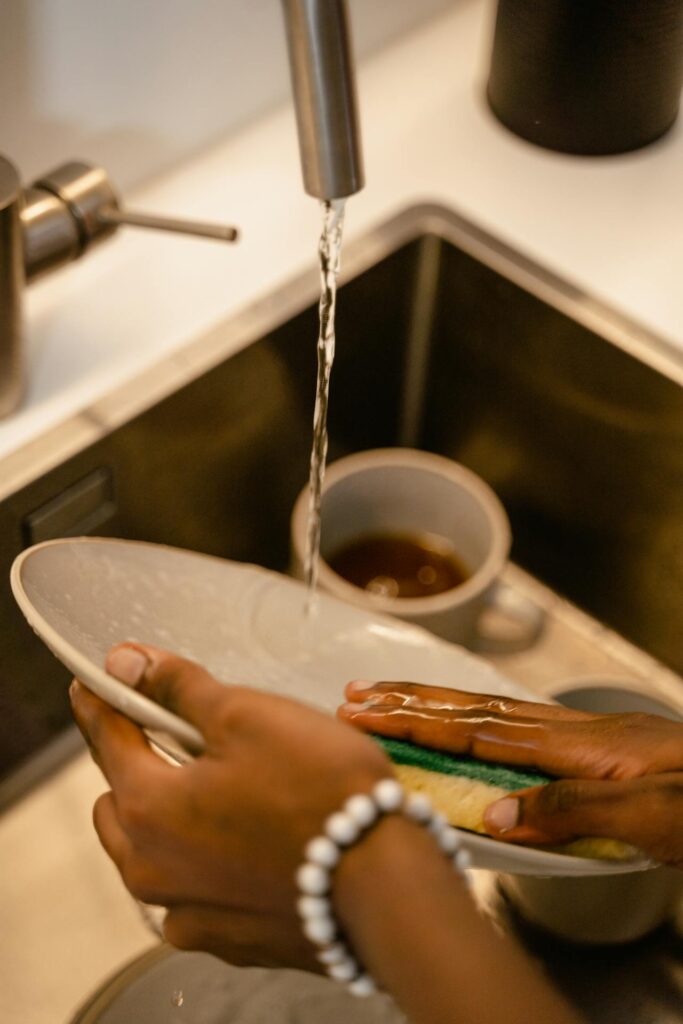
A rainwater filtration system doesn’t have to be complicated. Here’s what you need:
- Sand and cartridge filtration stages for debris.
- Activated carbon filters for taste and odor.
- UV disinfection for stored water to eliminate bacteria.
- Chlorination and safe dosing (especially for potable rainwater treatment).
- Regular water quality testing procedures to detect microbial contamination.
Remember, rainwater reduces your reliance on treated water from the city — but if your system isn’t maintained, you’ll end up with a rainwater smoothie (and not the healthy kind).
You might also like these gardening life hack:
1. Reducing Electricity and Water Usage Made Easy: Discover clever, real-life ways to cut down your power and water bills without turning your home into a cave or giving up hot showers.
2. Weed Removal Hacks That’ll Outsmart Mother Nature: Learn the sneaky tricks gardeners use to evict stubborn weeds—without chemicals, drama, or back-breaking battles.
3. Lawn Care Shortcuts: Smart Tricks for Lazy Perfection: Find out how to get that golf-course green look with half the effort and none of the stress (your weekends will thank you).
4. Easy Home Decor Hacks That Actually Work: From small spaces to bold makeovers, explore home decor hacks that don’t require a design degree—or a trust fund.
5. Water Saving Irrigation Techniques: Smart Tips for Efficient Irrigation: Master the art of watering smarter, not harder, with Eco-friendly irrigation ideas that save water, money, and your sanity.
6. Upcycling Old Furniture or Items: Creative Hacks with Humor: Turn “junk” into jaw-dropping decor pieces with upcycling ideas so fun and clever, you’ll never see trash the same way again.
Rainwater Harvesting Tips for the Practical Dreamer
Here’s where we get real — and slightly funny. These rainwater harvesting tips aren’t just Eco-preaching; they’re sanity-savers:
- Label everything. Mark your non-potable outlets so you don’t brush your teeth with rainwater reuse by accident.
- Inspect often. Follow a system maintenance schedule checklist and record keeping logs. Your tanks deserve spa days too.
- Mosquito-proof your tanks. A mosquito-proofing screen or tight lid can save you from backyard vampire bugs.
- Overflow routing is not optional. Plan where excess water goes — preferably not into your neighbor’s garage.
- Winterizing procedures protect your cistern harvesting setup from cracking during cold snaps.
- Use a rain gauge to monitor your monthly precipitation probabilities. It’s basically the weather nerd’s Fit bit.
- Don’t underestimate small rain barrels. A DIY rain barrel assembly can collect free water that’s perfect for summer irrigation.
And the best part? Each gallon of collected water helps conserve water, fight severe water stress, and promote sustainable rainwater use.
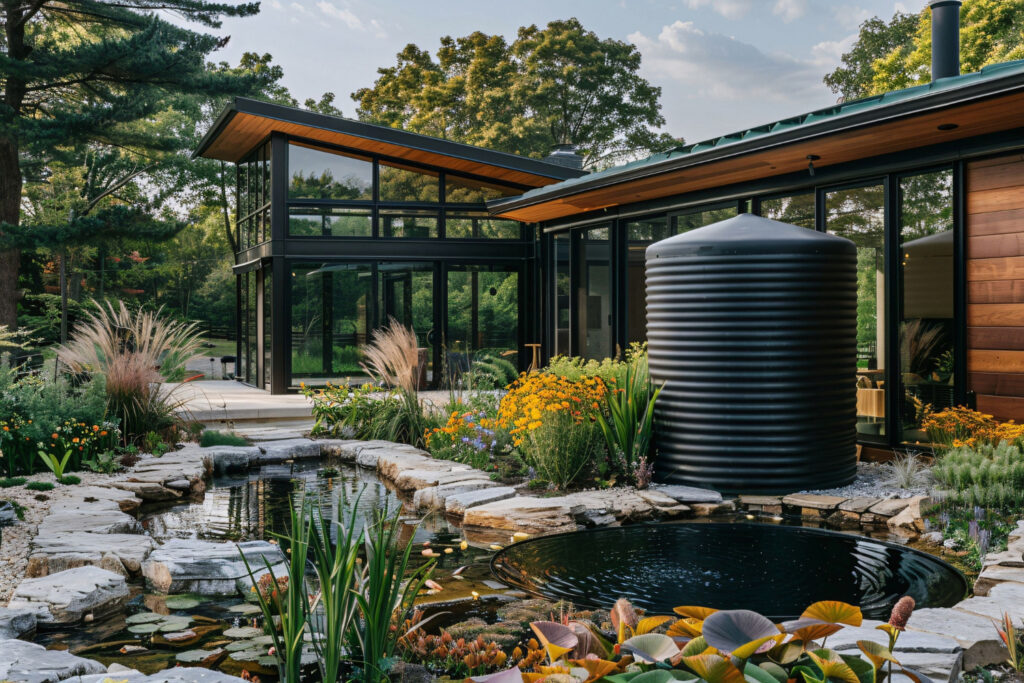
My Real-Life Experience: The Day My Garden Became a Sponge
last monsoon, my garden looked like a soggy jungle after one rain event. I decided to test a rain barrel set-up with a rain diverter and some rain wise rebates from the local council.
I used rainwater barrels, attached hoses to an irrigation filter inline, and directed the roof water collection straight into the soil. Within weeks, my plants were thriving, my water bills dropped, and my dog started drinking from the rain cistern like it was a spa fountain.
Moral of the story? Rainwater harvesting advantages aren’t theoretical — they’re daily blessings. Even with little rain, a ready-to-go rainwater collector turns every drizzle into a victory lap for actual water conservation.
Rainwater Harvesting for the Long Run
Once you’ve nailed the basics, scale it up:
- Add float valves and automatic fill controls to manage pressurized rainwater.
- Install overflow protection and back flow prevention for safety.
- Combine potable water lines and rainwater reuse solutions smartly (with cross-connection control).
- Upgrade your rainwater system design using a professional installation checklist if DIY fails.
- Keep an eye on water flow, water pressure, and storage capacity planning as your needs grow.
Want to get nerdy? Record annual average rainfall, calculate catchment area to yield estimation, and compare your system cost estimate and ROI for harvesting. Nothing beats watching your water savings climb while your public water bills shrink.
Wrapping Up: Be the Cool Neighbor Who Catches Rain
At this point, your rainwater capture game is strong. You understand storm water capture systems, roof runoff collection, rainwater reuse for irrigation, and even the fine art of potable conversion steps.
The takeaway? With smart rainwater harvesting tips, you’re not just conserving; you’re leading a quiet revolution in domestic rainwater harvesting and community rainwater harvesting.
You’ll have enough water for your landscape irrigation, a lush garden during dry summers, and a smug smile when water restrictions hit. Because while everyone else is staring at dry hoses, you’ll be hand-watering with your very own harvested rainwater supply — like a legend.
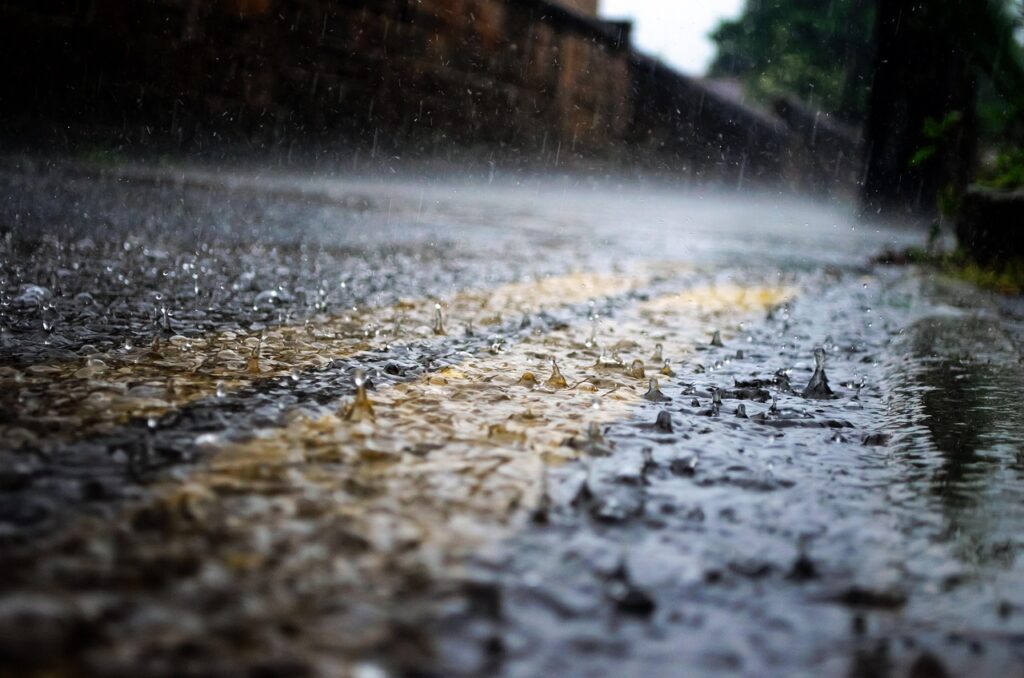
Final Thoughts: Rainwater Harvesting Tips – Every Drop Counts (and So Does Your Sense of Humor)
If there’s one truth about rainwater harvesting tips, it’s this: you don’t need a million-dollar setup — just curiosity, a few barrels, and the patience to let nature do its thing.
Rainwater collection best practices, roof water harvesting, and smart irrigation systems aren’t just Eco-trends; they’re acts of sanity in a world that treats water like an infinite resource.
So grab a rain head, set up that barrel system, and get ready to laugh your way to lower water bills and greener days.
And the next time it rains, remember — that sound on your rooftop isn’t just rain. It’s opportunity knocking… and probably filling your tank.













